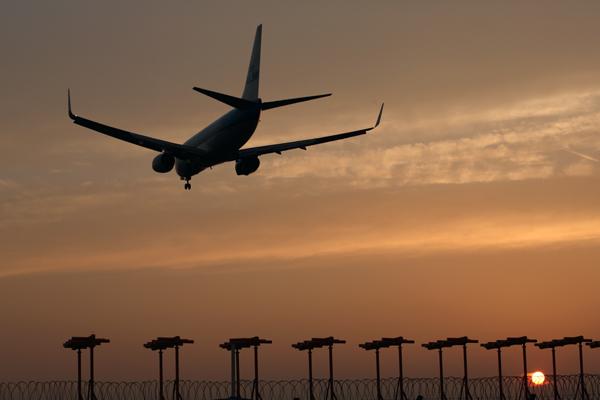
IATA and Airports Council International (ACI) have reiterated pleas that any new biosecurity measures in the wake of the COVID-19 pandemic should be supported by scientific evidence and be consistent globally.
Reports have suggested that a patchwork of new health measures is evolving in different countries, which could make the resumption of viable commercial airline services almost impossible.
The two organizations have issued a paper laying out a route for restarting the aviation industry, entitled “Safely Restarting Aviation - ACI and IATA Joint Approach.” It aims to reassure travelers that health and safety remain the industry’s priorities.
The document proposes a layered set of measures throughout the passenger journey to minimize the risk of transmission of COVID-19 at airports and onboard aircraft, and to prevent aviation becoming a source of international re-infection.
The organizations stress that the measures should not only be introduced in a uniform fashion but also removed in the same way when no longer required, to ensure an even recovery.
“There is currently no single measure that could mitigate all the risks of restarting air travel but we believe a globally-consistent, outcome-based approach represents the most effective way of balancing risk mitigation with the need to unlock economies and to enable travel,” ACI World director general Angela Gittens said.
The layered approach suggested by the two bodies would require governments to collect even more advance information on passengers than at present.
IATA foresees the need for governments to add health information to existing personal details, to be accomplished using existing channels such as those used for eVisa or electronic travel authorization programs.
At the departure airport, IATA foresees several layers of protective measures, including more restricted access to the terminal, temperature screening at entry points, physical distancing throughout the building, increased use of self-service facilities and redesigned gate areas.
In-flight, IATA envisages the use of face masks throughout the aircraft, simplified cabin service, pre-packed catering and a ban on queuing for the toilets.
At the arrival airport, IATA believes there may have to be a further round of temperature screening, together with robust contact tracing systems, more automated customs and passport control, plus faster processing of baggage reclaim to minimize congestion among waiting passengers.
“There is no single measure that will reduce risk and enable a safe restart of flying,” IATA director general and CEO Alexandre de Juniac said. “A layered approach has worked with safety and with security. It’s the way forward for biosecurity as well.”
IATA stressed that the measures should be temporary, regularly reviewed, replaced when more efficient options are identified or removed should they become unnecessary.
“The vital element is coordination. If we don’t take these first steps in a harmonized way, we will spend many painful years recovering ground that should not have been lost,” de Juniac said.
Specifically, IATA expressed hope for two important factors in facilitating efficient travel until a vaccine is found.
In particular, IATA supports COVID-19 testing when scalable, accurate and fast results are available. Testing at the start of the travel process would create a “sterile” travel environment that would reassure travelers and governments, it argues.
It also supports the development of immunity passports to segregate no-risk travelers, when these are backed by medical science and recognized by governments.





